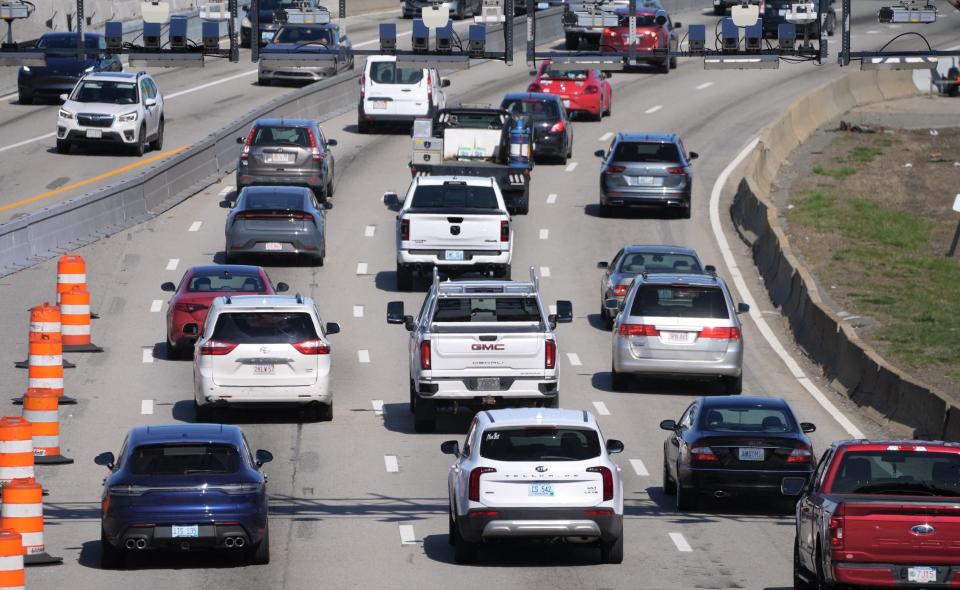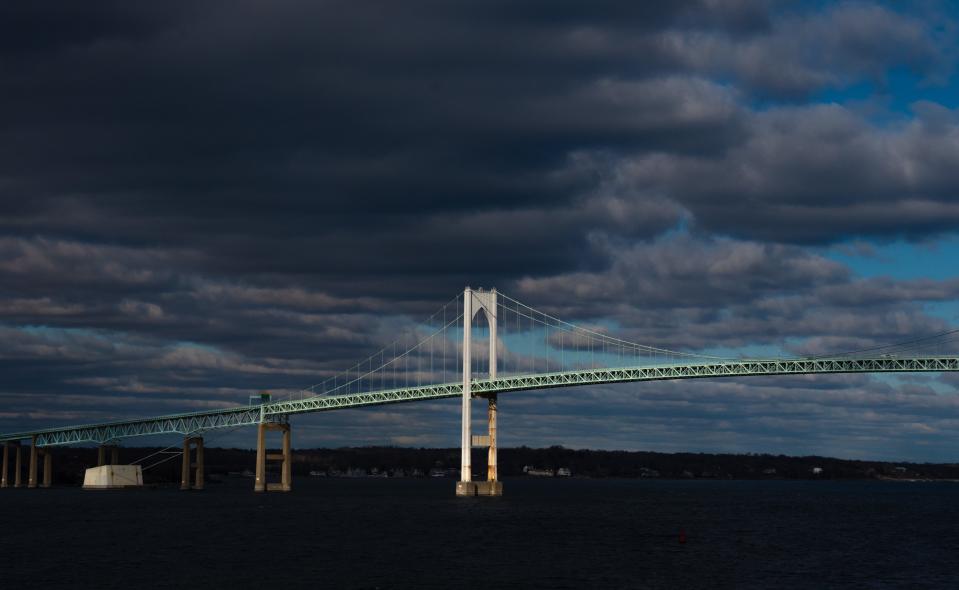US News ranked RI dead last in the country for transportation. Here's why.
New rankings from U.S. News and World Report place Rhode Island dead last when it comes to transportation.
And that's based on data that predates the failure of the Washington Bridge.
The ranking is based on four factors: Commute times, road quality, bridge quality and public transportation usage.
It does not take into account harder-to-measure factors, such as walkability and the availability of bike lanes.

How does Rhode Island rank in commute times?
When it comes to commute times, Rhode Island ranks 28th out of 50 states – roughly the middle of the pack.
That data comes from the 2022 U.S. Census Bureau American Community Survey, which found that the average commute time for Rhode Islanders who do not work from home was 25.4 minutes.
More: Rhode Island ranks among the best in the country for its natural environment. Here's why.
How does Rhode Island rank for road quality?
We fared worst when it comes to road quality, ranking 49th out of 50 states.
That dubious distinction is based on federal Department of Transportation highway statistics from 2022, which calculate "the percentage of evaluated road miles considered to be in poor condition," according to U.S. News.
Rhode Island Department of Transportation spokesman Charles St. Martin noted that the data includes all roads in Rhode Island, not just those that RIDOT is responsible for maintaining.
"About 80% of all the miles of roads in Rhode Island – about 5,000 miles – are maintained by cities and towns," he wrote in an email. "This is why Governor McKee last year begin the RI Ready Municipal Road Fund Program, providing $20 million in matching funds for municipalities to fix local roads (at a ratio of 1/3 state funds, 2/3 local funds)."
The program resulted in a total investment of $74 million in local roads, St. Martin said, and McKee included another $5 million in matching funds for the second year of the program.
RIDOT also is in the process of investing approximately $500 million over a five-year period for pavement projects on state roads, "thanks in large part to the Infrastructure Investment and Jobs Act," St. Martin said.
How does Rhode Island rank for bridge quality?
Rhode Island ranked 47th when it comes to bridge quality, which may not come as a huge surprise.
However, we're on track to move up in the rankings in the coming years, according to RIDOT.
U.S. News looked at the percentage of bridges that the Federal Highway Administration considered to be in structurally deficient condition as of March 2023. Since then, that percentage has dropped from 15.4% to 14.1%, according to St. Martin.
When the RhodeWorks program began in 2016, 27% of Rhode Island's bridges were considered structurally deficient, St. Martin also pointed out.
"It is important to note that it took decades to get to the poor state of bridges we had, and even with the massive amount of work RIDOT has done in the past eight years under RhodeWorks, it will take more than a decade to correct," he said.
The agency is "continuing on a trajectory" to reduce the number further, and reach its goal of having only 10% of bridges be considered structurally deficient within the next two years, St. Martin said.

How does Rhode Island rank for public transit?
Rhode Island fared better when it came to public transit usage, ranking 18th.
That ranking is based on the average number of miles per resident traveled via public transit in a year, according to U.S. News. To calculate that figure, the publication used 2022 statistics from the Department of Transportation National Transit Database and the U.S. Census Bureau.
This article originally appeared on The Providence Journal: RI ranked worst in country for transportation by US News. Here's why

